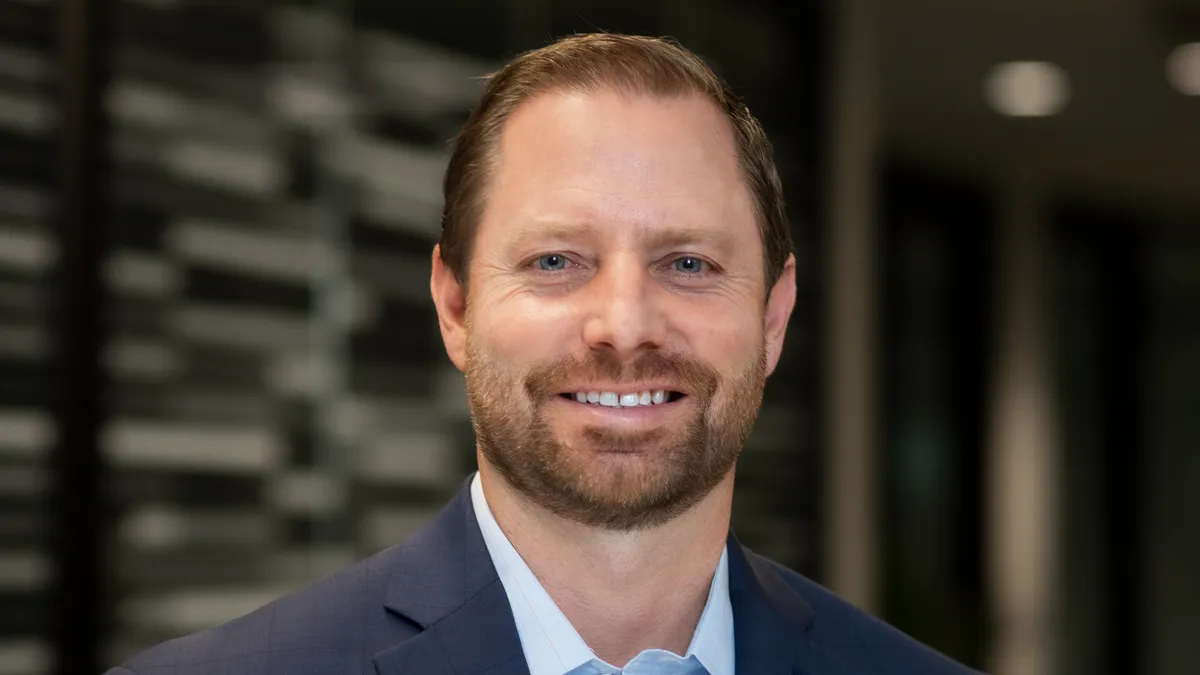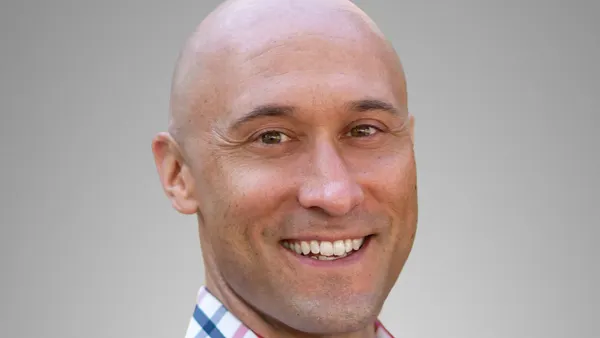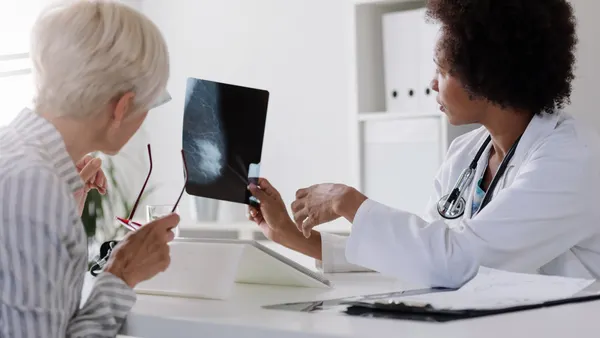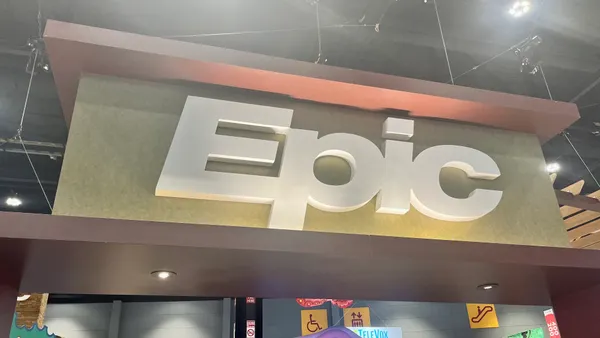iRhythm Technologies, fresh off a challenging nearly two years because of Medicare pricing cuts and a stock price drop, expects to eclipse $1 billion in revenue by 2027. The San Francisco-based heart monitor maker recently held an investor day event in New York City, where it outlined plans for growth by 2027, including reaching new customers, developing new products and expanding to new international markets.
The company’s forecast for over $1 billion in revenue in 2027 reflects a compound annual growth rate of about 20%. In 2021, iRhythm reported $322.8 million in sales.
CEO Quentin Blackford, who took over almost one year ago, said that continuing the company’s success in the U.S. and executing on international expansion will be key for iRhythm to meet its new forecast.
The company plans to expand into five international markets over the next five years — Germany, France, the Netherlands, Switzerland and Sweden — opening up a new revenue opportunity of about $1 billion as those markets develop.
Spurring iRhythm’s challenges in 2021 was a drop in Medicare reimbursement rates for the company’s heart monitoring services and devices. While prices have fluctuated since the initial cut in January 2021, they still have remained below traditional rates.
Blackford said he is confident that the Centers for Medicare and Medicaid Services will finalize a national rate averaging about $250 depending on geographic variation, allowing the company to move past the pricing saga and focus on growth.
Still, investors have been less optimistic about the company’s growth potential. iRhythm’s stock price has dropped from $155.44 on Sept. 20, the day before its investor day, to $124.59 when the market opened Friday.
Blackford spoke to MedTech Dive about the company’s pursuit of its 2027 revenue goal, the expansion to new countries and competing with larger medtech companies.
This interview has been edited for length and clarity.
MEDTECH DIVE: When you took over iRhythm, the company had just gone through a pretty challenging period. How has the last year been?
QUENTIN BLACKFORD: The last year has been a lot of fun, to be honest with you. It hasn’t been anything that I didn’t expect. We knew the challenges coming into the organization — the reimbursement overhang that was there — and we’ve navigated through it. I’m very optimistic about where the CMS national rate is going to land with the final rule, and maybe more exciting than anything is just getting a final rule so we can stop dealing with the reimbursement overhang and focus on running the business.
The opportunities that I thought were there when I joined the company have only been validated over the last year. We have a platform of technology that's backed by billions of hours of curated heartbeat data, and we have deep learning capabilities from a data science perspective that nobody else has. We are not just another patch company.
What have you specifically done differently since taking over to help turn the company around?
There were a lot of headwinds that were hitting that company at once — the reimbursement challenges, and the multiple CEOs transitioning out of the organization. But underneath all of it was some really amazing work that was going on. We were still driving market share gains throughout all of it, and physicians were realizing the power of our capabilities and technology. That just needed to be elevated and celebrated. One of the first things we did was talk about the progress we continue to make in the market. I think when you find those things to celebrate, versus things to dwell on, it changes the entire mood and culture of the organization. That started to build momentum for us, and we tried to focus on that early.
Was your strategy of going after multiple Medicare Administrative Contractors (MACs) rather than just Novitas Solutions a different approach that has helped iRhythm get back on track?
No question. I think that helped us tremendously. We wanted to go out beyond Novitas Solutions in Houston and talk to other MACs about the value of the technology and show how we are different than others. It also took the spotlight off of just Novitas, right? We put an X on the middle of their back in terms of folks to target and ask, “Why are you reimbursing at that rate?” Going to multiple MACs and having them recognize the value helped us tell the story of how we are differentiated.
You detailed plans to become a billion-dollar company by 2027. What are the most crucial factors that will help you achieve that forecast?
We have to own the long-term cardiac monitoring space in the U.S. We own it today, and we hold the majority market share. But we have to continue to ensure that we do that in the future. You’re going to see a shift away from Holter monitors and event-style monitoring and go into long-term continuous monitoring that we offer. I think we’ve got a very good plan in place to begin to really prime many of these significant markets and lead to a path of national reimbursement, and getting into the public systems. Those are the first two things that we absolutely have to own.
iRhythm has been talking more about primary care offices. How big is that opportunity?
We don’t dollarize in terms of revenue dollars. But I think you can easily do that by taking the average selling prices that we see today, which are north of $300 in the commercial business. We did our own work and analysis around this — again, we’re always trying to be careful and confident in the numbers that are out there — but if you get into the data, there are approximately 14 million people in the U.S. alone who are seeing a primary care physician with cardiac-related palpitations already identified in their medical records. Those are not palpitations driven by stress or by caffeine, for example, these are specific to the heart itself. Today, there are 5.6 million ambulatory cardiac monitoring tests prescribed in the U.S., but the opportunity is much closer to that 14 million number.
Does primary care allow you to contact patients more directly, so they now go to their doctors asking about iRhythm or Zio?
Exactly, but there is one caveat to it: If you’re going to go directly to the patient, you have to ensure that the patient has access from a health insurance perspective or benefits perspective. You don’t want to create awareness for a patient, and then they want the product but they’re denied. So, we put a tremendous amount of effort into creating access and making sure that insurers cover our products. The vast majority of them do — north of 90% of those who have insurance, outside of Medicaid, will have access to our product. We’re making great progress, and then we can begin going directly to the patient. They show up in their primary care office and they request Zio by name, which creates the potential to go fast in that area.
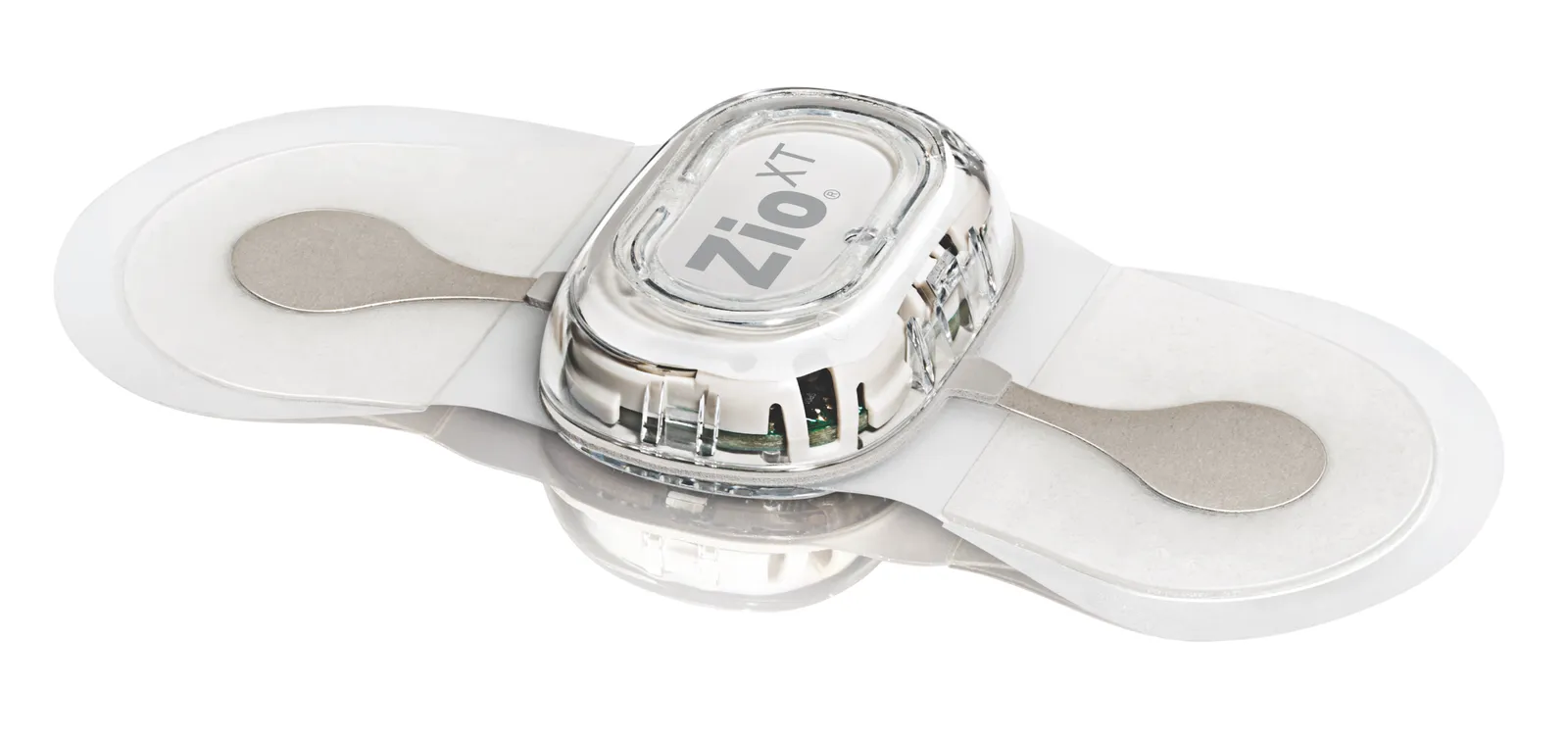
iRhythm forecasts international markets to make up 8% of revenue by 2027. But you also said it can be more like 25% beyond the five-year mark. How does that happen?
The big challenge with international is getting reimbursement established in the country. For the most part, the majority of the population in those countries will be served by the public health systems, which means you have to have reimbursement put in place, and every country has a different time frame. In some markets, you may be able to get it in 12 months, and in others, it could be as many as five years. And you need clinical evidence — in some cases, you need clinical data generated in the countries.
By the time we get to 2027, I think we’re going to have the majority of reimbursement put into place. Once it’s in place, you’ve got to really go after that market, and that probably starts showing up beyond the five-year horizon.
Will that growth come from developing those two existing and five new international markets you outlined or through additional countries?
I think it's a combination. The initial focus will be the seven that [International General Manager Sandrine Moirez] laid out. And then once we get market access, reimbursement and start building a commercial presence, we’ll find the next seven or five or whatever the right number is. It’s not going to stop at the seven, those are going to be without question the biggest contributors over that five to 10-year horizon. But there are more countries that come behind that continue to field the opportunity to get to the 25% of the total revenue contribution.
Now that the CMS national rate is likely, people are going back to the question of increased competition. Your competition was bought up by larger companies in late 2020 and early 2021. Is that concerning at all?
I love the fact that we have big backers in the space because they’re not afraid to work and create awareness around the value of long-term monitoring. I’ve been part of companies where some of the greatest things that happened were when our competitors unleashed their war chest to create awareness in the marketplace. Whether that’s DTC campaigns, whether that’s just creating awareness in general. I welcome that aspect of it.
The most dangerous threat to us is ourselves, and our inability to move fast enough and stay ahead of the competition. One of the great advantages we have as a smaller, more nimble player is to move a whole lot more quickly than our competitors can. But if we don't move fast enough, that will be our biggest nemesis.
A lot of the growth plans you shared are new markets or new products, which will take investment. Are you concerned that larger companies have more cash to spend and can put up strong competition even as you grow?
Not so much, and it’s not because I’m being dismissive of it. I’ve been part of these large organizations. The one thing that they have over their heads is that they have more specific goals and objectives tied to having to drive a certain profit margin or improvements in profitability profile. We will improve our profile over time, but we have the ability to invest and pull that lever however we might need to, probably to a greater extent than some of these larger companies whose investors are focused on the bottom line and earnings, which limits the ability to invest. These bigger companies have to make trade-off decisions between different divisions and where they’re going to pour resources, and that may have to come from other divisions to fund that, right? We don’t have those same challenges. We can be much more nimble and quick. I welcome that position. I think we’re uniquely positioned to compete really, really well here.
A lot of interest in this market is in its potential given the about 25% U.S. market penetration. What risks or challenges are there that could slow down achieving that potential?
I believe we absolutely will become the standard of care. But if that adoption curve were to happen more slowly for some reason, or we were having a harder time compelling physicians to move off of their older ways of doing things, then that could slow it. The data is pretty compelling though. And I love how we can go into a practice, use the Zio patch, and after a matter of three or four weeks compare what we're finding in their own patients that are now using Zio compared to what they were finding before — it's night and day. I mean, it's hard for a physician to look at that and say, ‘This is not a better solution.’ The issue is, how do you get that opportunity right? You just continue to knock on the door and sell and convey why you're unique and differentiated.


